Botanical illustrations are more than just art—they are a blend of science, history, and creativity that document the beauty and diversity of plants. Some of these works are incredibly rare, with only a few copies in existence, making them treasures for collectors and researchers alike. Each piece offers a glimpse into the scientific knowledge and artistic craftsmanship of its time, preserving details about plants that might otherwise be lost. This article explores some of the rarest botanical illustrations ever created, highlighting their origins, significance, and what makes them so extraordinary.
Flora Graeca
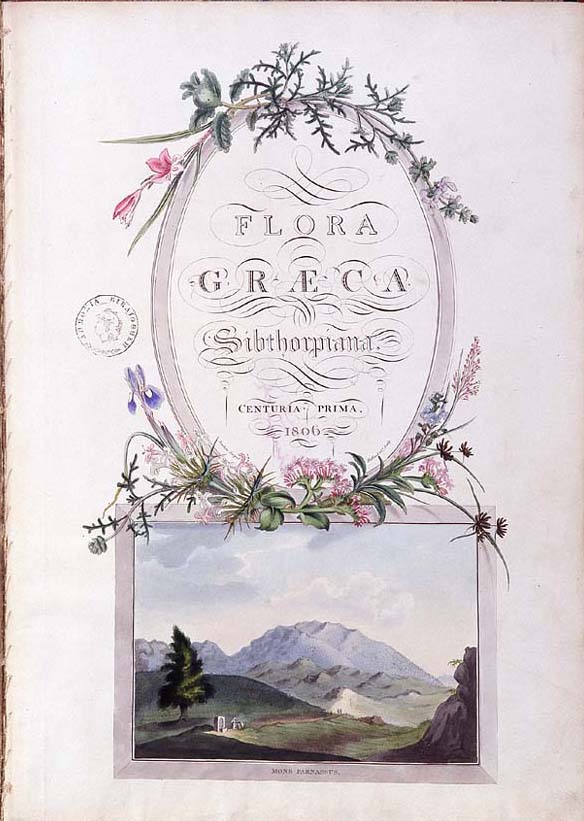
“Flora Graeca” is a monumental botanical work initiated by John Sibthorp in the late 18th century, with illustrations by Ferdinand Bauer. Published between 1806 and 1840, it comprises ten volumes detailing the flora of Greece and the eastern Mediterranean. Due to its high production costs, only 30 copies of the first edition were produced, making it one of the rarest botanical books. Each volume contains 100 plates, except the last, which has fewer, all engraved by James Sowerby. The illustrations are renowned for their precision and artistic quality, capturing the diversity of Mediterranean plant life. Today, complete sets are held in a few institutions, including the Bodleian Library, which has digitized the collection for broader access. The scarcity and historical significance of it continue to make it a prized possession among rare book collectors. Its value lies not only in its rarity but also in its contribution to botanical science and artistic excellence.
Illustrationes Florae Novae Hollandiae
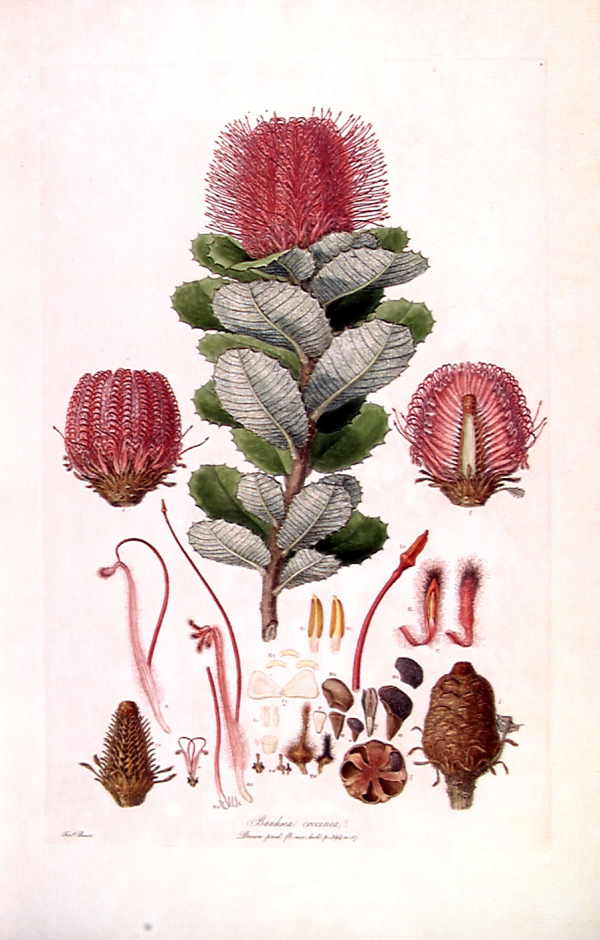
Ferdinand Bauer’s “Illustrationes Florae Novae Hollandiae,” published in 1813, is a seminal work documenting Australian flora. Bauer, who accompanied Matthew Flinders on his exploration of Australia, produced detailed illustrations based on his observations. The publication includes 15 plates, with a 16th plate present in some copies. Due to financial constraints, less than 50 copies were sold, and some were uncolored, contributing to their scarcity. These showcase plants like banksias, eucalypts, and wattles, offering one of the earliest comprehensive studies of Australia’s unique vegetation. Today, only a handful of copies exist, preserved in prestigious institutions like the British Library. Bauer’s use of a unique color-coding system enabled unmatched accuracy in his works. His detailed documentation has had a lasting impact on botanical studies of Australian flora.
Codex Badianus
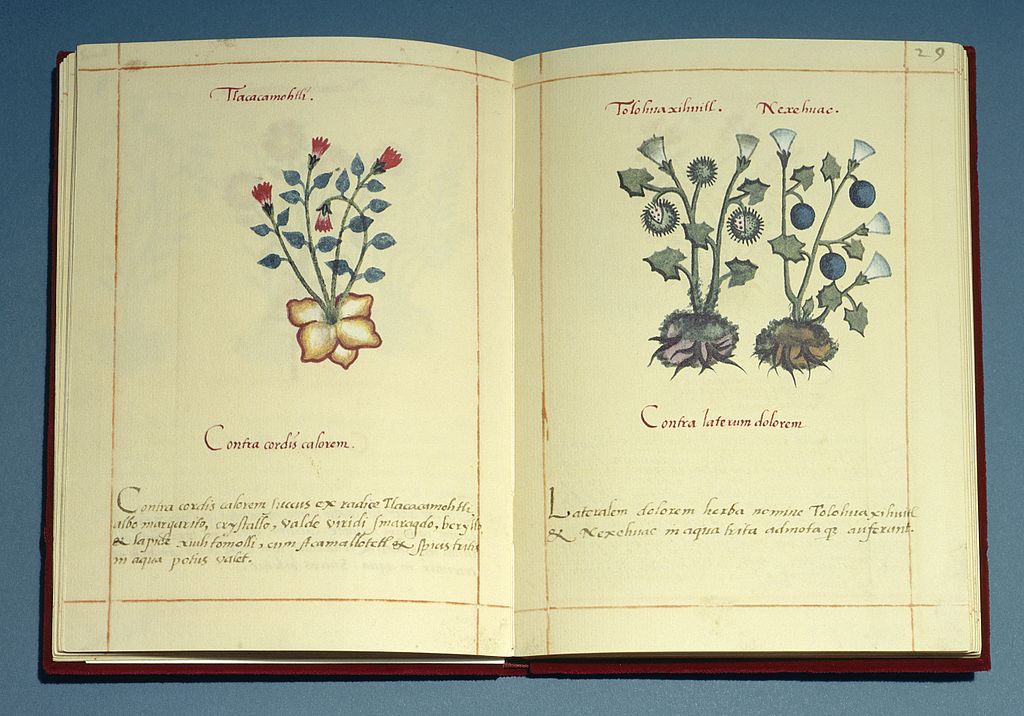
The “Codex Badianus,” created in 1552, is an Aztec herbal manuscript written by Martinus de la Cruz and illustrated by an unknown artist. This manuscript is one of the earliest botanical documents from the New World, depicting medicinal plants used by the Aztecs. Only one copy exists, housed in the National Institute of Anthropology and History in Mexico City. It contains 185 illustrations of plants, accompanied by descriptions of their uses and preparation methods. Its artistic style combines European manuscript traditions with indigenous knowledge, creating a unique cultural artifact. The manuscript provides invaluable insights into the medicinal practices and biodiversity of pre-Hispanic Mexico. Its preservation offers a rare glimpse into the fusion of native and colonial influences during the 16th century.
Hortus Eystettensis
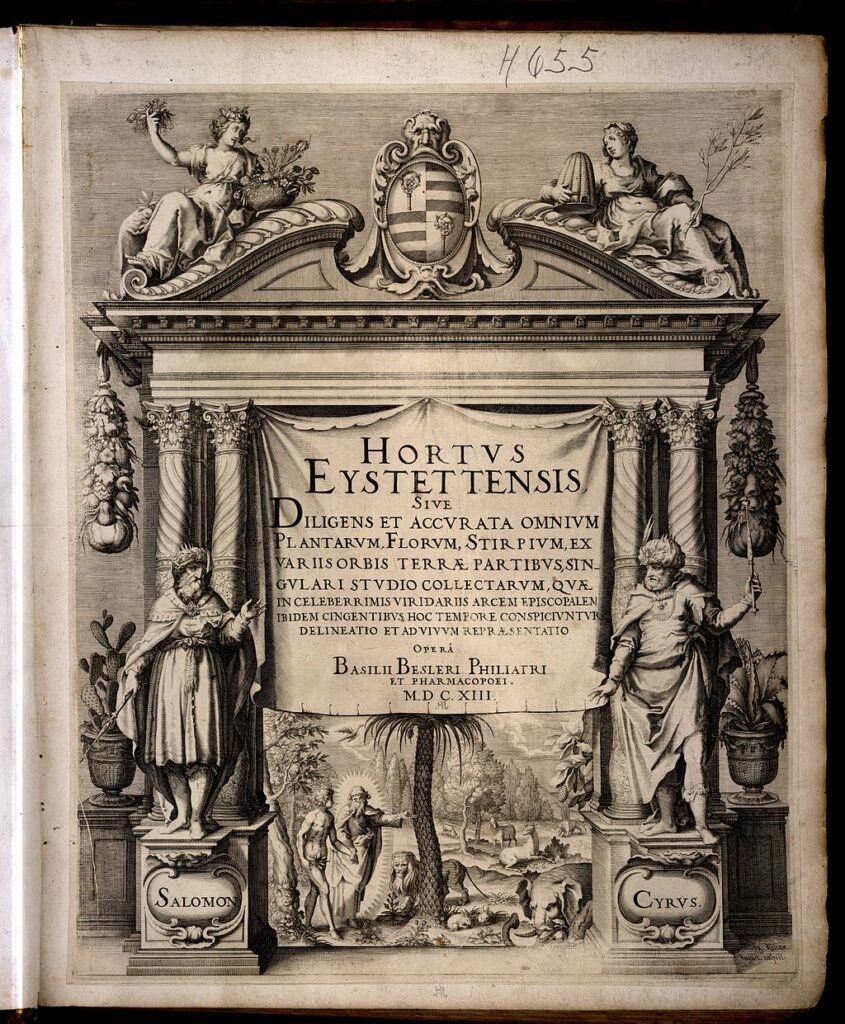
Basil Besler’s “Hortus Eystettensis,” published in 1613, is an exquisite botanical compendium showcasing plants from the gardens of Eichstätt, Germany. This massive folio features over 1,000 plants divided into four seasons, reflecting the flowering cycle of the garden. Only 300 copies of the first edition were printed, making it a highly sought-after collector’s item. Each plant is meticulously illustrated, capturing its botanical accuracy and decorative appeal. These highlight rare species cultivated in the bishop-prince’s garden, many of which were newly introduced to Europe. Today, complete copies are rare, with a few preserved in museums and private collections worldwide. Its blend of scientific rigor and artistic beauty sets it apart as one of the most celebrated botanical works of its time. Modern reproductions have allowed its legacy to reach a wider audience, though originals remain immensely valuable.
The Temple of Flora

Robert John Thornton’s “The Temple of Flora,” published between 1799 and 1807, is a stunning blend of botany and art. With only 800 copies printed, it combines detailed plant illustrations with poetic and dramatic backdrops. His vision was to depict plants in their natural habitats, creating a romanticized portrayal of nature. The illustrations were crafted by some of the finest artists of the time, including Philip Reinagle and Sydenham Edwards. Each image is accompanied by poetic descriptions and scientific text, offering both aesthetic and educational value. The publication’s cost made it financially unsustainable, resulting in his bankruptcy. Surviving copies are highly prized, with many held in libraries and private collections. The work remains a testament to the intersection of science, art, and Romanticism in the late 18th century.
Curtis’s Botanical Magazine
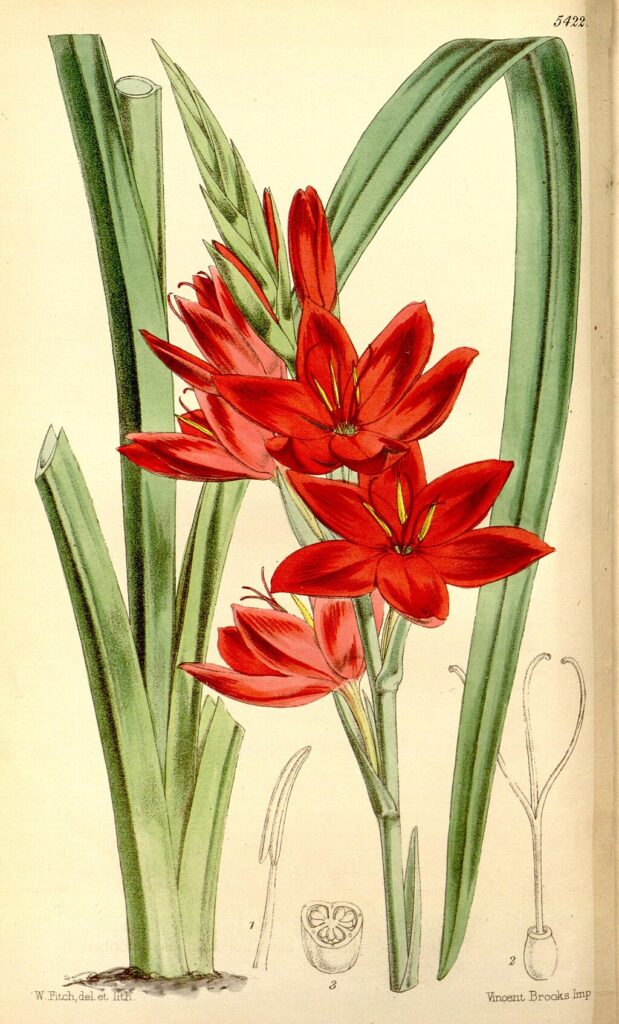
Curtis’s Botanical Magazine, founded in 1787 by William Curtis, is one of the longest-running botanical publications. The early editions, particularly the first, are extremely rare, with only a limited number printed. Each issue featured hand-colored engravings of plants accompanied by detailed descriptions, aimed at both scientists and gardening enthusiasts. These were created by some of the best botanical artists of the time, including Sydenham Edwards and James Sowerby. The magazine focused on exotic plants cultivated in British gardens and conservatories, reflecting the era’s fascination with horticulture. Today, early volumes are collector’s items, housed in prominent libraries and private collections worldwide. It is still in publication, but its early issues are valued for their historical significance and artistic merit.
Traité des Arbres et Arbustes

Antoine Laurent de Jussieu’s “Traité des Arbres et Arbustes,” published in 1804, is a rare botanical treatise documenting trees and shrubs. The work includes exquisite hand-colored illustrations by Pierre Joseph Redouté, celebrated as the “Raphael of Flowers.” Only a small number of first editions were printed, and complete copies are scarce. The book categorizes plants based on Jussieu’s innovative natural classification system, which revolutionized botanical taxonomy. The illustrations are notable for their lifelike detail and vivid coloration, making them as much art as science. Surviving copies are found in prestigious libraries and museums, such as the Royal Botanic Gardens, Kew. It marked a significant step in the development of modern botanical science while preserving artistic excellence.
American Medical Botany
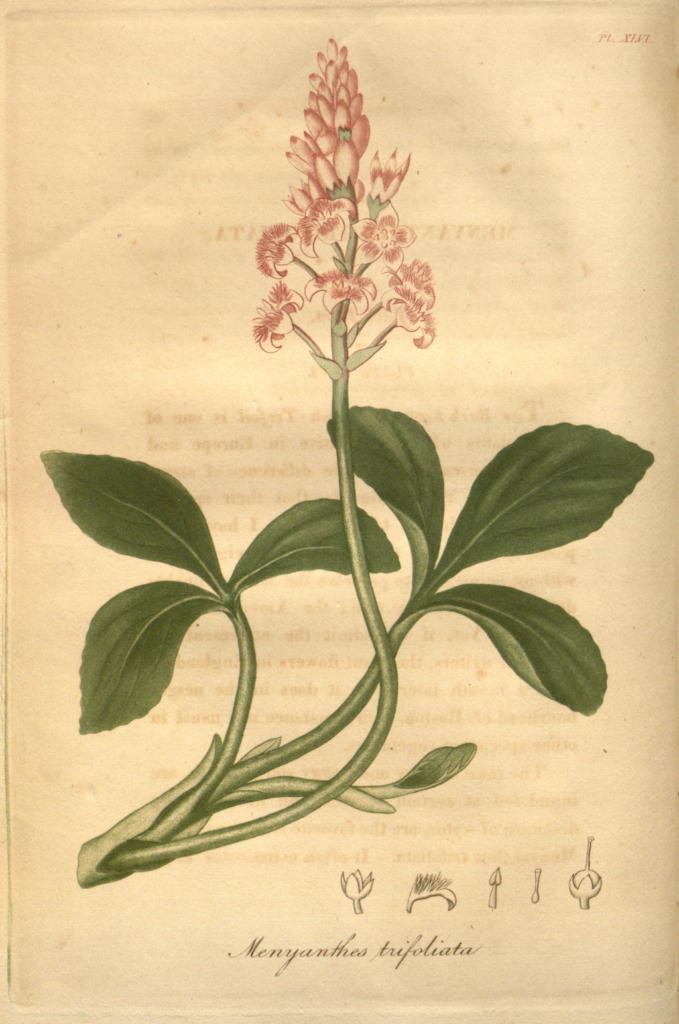
Jacob Bigelow’s “American Medical Botany,” published between 1817 and 1821, is a rare work documenting medicinal plants of North America. This three-volume set contains hand-colored illustrations created using a unique aquatint process, developed by Bigelow himself. Only 500 copies were printed, making it one of the rarest early American botanical works. It focuses on plants with medicinal uses, reflecting the growing interest in natural remedies during the early 19th century. Each illustration is accompanied by detailed descriptions of the plant’s habitat, properties, and applications in medicine. Copies are held by major libraries, including Harvard University, where Bigelow was a professor. Its rarity and innovative printing technique make it a valuable piece of botanical and medical history.
Icones Plantarum Rariorum
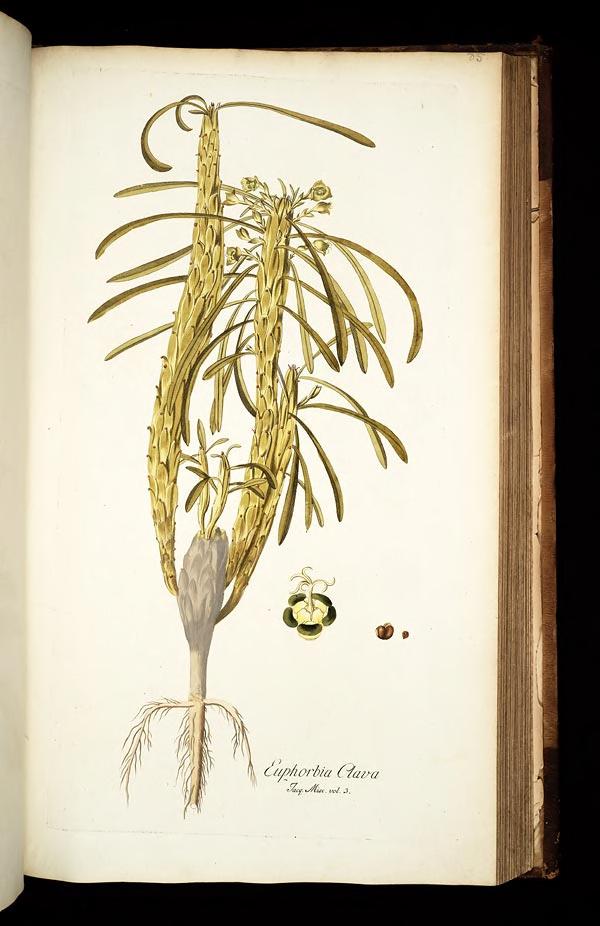
“Icones Plantarum Rariorum,” published between 1790 and 1793 by James Edward Smith, features illustrations by James Sowerby. This two-volume work highlights rare and exotic plants from Smith’s extensive herbarium. Only a limited number of copies were produced, contributing to its rarity today. The illustrations are engraved with meticulous detail, showcasing plants from regions such as South America and India. His accompanying text provides valuable scientific descriptions, reflecting his role as the founder of the Linnean Society. Complete sets are extremely rare, often found in specialized botanical libraries. The work is celebrated for its contribution to the study of rare and exotic plant species during the Age of Exploration.
Herbarium Blackwellianum

Maria Sibylla Merian’s “Herbarium Blackwellianum,” completed in the mid-18th century, is an extraordinary collection of botanical illustrations. Her artistic talent and scientific rigor are evident in the vivid, hand-painted plates depicting medicinal and edible plants. Only a handful of original copies survive, making it one of the rarest botanical works of its time. Each illustration is accompanied by detailed notes on the plant’s medicinal properties and uses. The herbarium reflects the fusion of art and science in the Enlightenment era, with her work contributing significantly to both fields. Surviving copies are preserved in prominent collections, such as the Natural History Museum in London. Its rarity and historical importance ensure its continued fascination among historians and botanists.
Florilegium
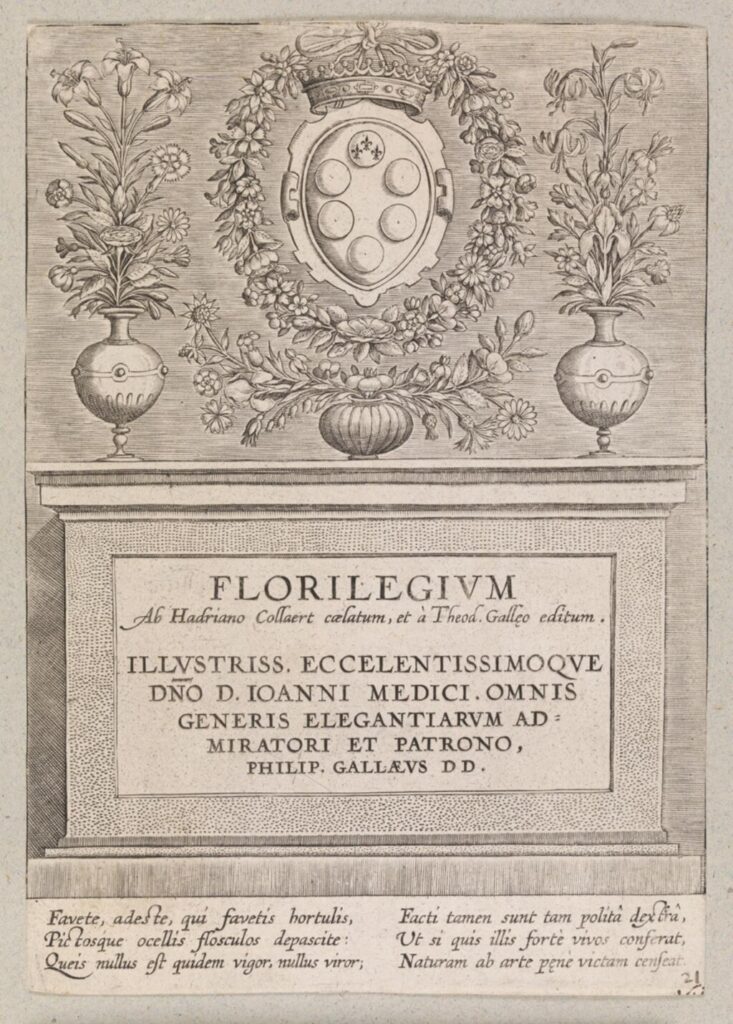
The “Florilegium” by Alexander Marshall, created between 1650 and 1680, is a stunning manuscript featuring 160 watercolor illustrations of plants. This one-of-a-kind work was never published, and only a single copy exists, housed in the Royal Collection Trust. He was an amateur botanist and gardener, and his illustrations reflect a deep understanding of plant anatomy and beauty. The manuscript showcases both native and exotic plants cultivated in English gardens, capturing the horticultural trends of the period. Its vivid, lifelike illustrations highlight his artistic skill and botanical knowledge. The work was rediscovered in the 20th century, attracting significant attention from art historians and botanists alike. It remains a unique example of 17th-century botanical art, blending science and creativity.
Hortus Malabaricus

Published between 1678 and 1703, “Hortus Malabaricus” is an extensive work on the medicinal plants of the Malabar region in India. Edited by Hendrik van Rheede, it includes detailed illustrations and descriptions in multiple languages, including Latin, Sanskrit, and Malayalam. The twelve-volume set features 794 copperplate engravings, with very few complete sets surviving today. These document the region’s rich biodiversity and traditional medicinal knowledge, making it a critical resource for historical ethnobotany. Each plate captures the intricate details of the plants, from their flowers to their roots, providing valuable information for both botanists and historians. Surviving copies are found in major libraries and universities, including the University of Amsterdam. The work remains a testament to early global collaboration in scientific research, blending local and European knowledge systems.
This article originally appeared on Rarest.org.
More from Rarest.org
17 Exotic Beetles with Remarkable Coloration and Design
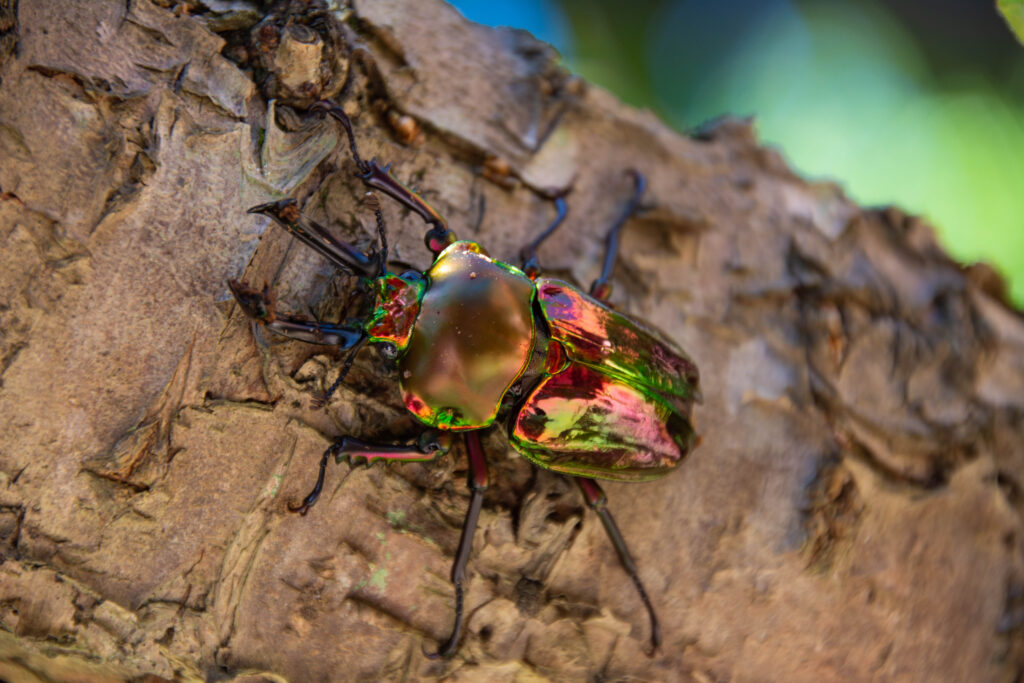
Beetles come in a wide variety of vibrant colors and intricate designs. These remarkable insects, found in diverse habitats, often captivate with their exotic appearances. Read More.
16 Unique Flora and Fauna Found Only in Isolated Ecosystems
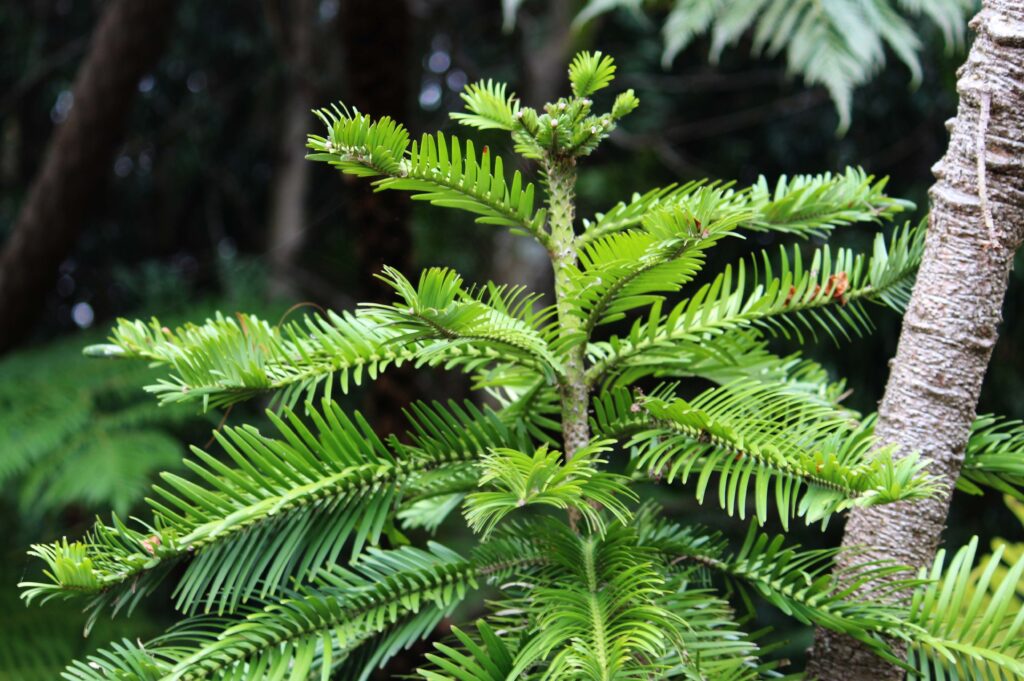
Isolated ecosystems have given rise to some of the most unique plants and animals on Earth. These regions, often cut off from other landmasses for millions of years, allow species to evolve in ways that are found nowhere else. Read More.
9 Enigmatic Deep-Sea Creatures That Glow in the Dark

The deep sea holds some of the most fascinating creatures on Earth, many of which have developed the ability to glow in the dark. These bioluminescent animals use their light-producing capabilities for a variety of reasons, including attracting prey, camouflage, or communication. Read More.
